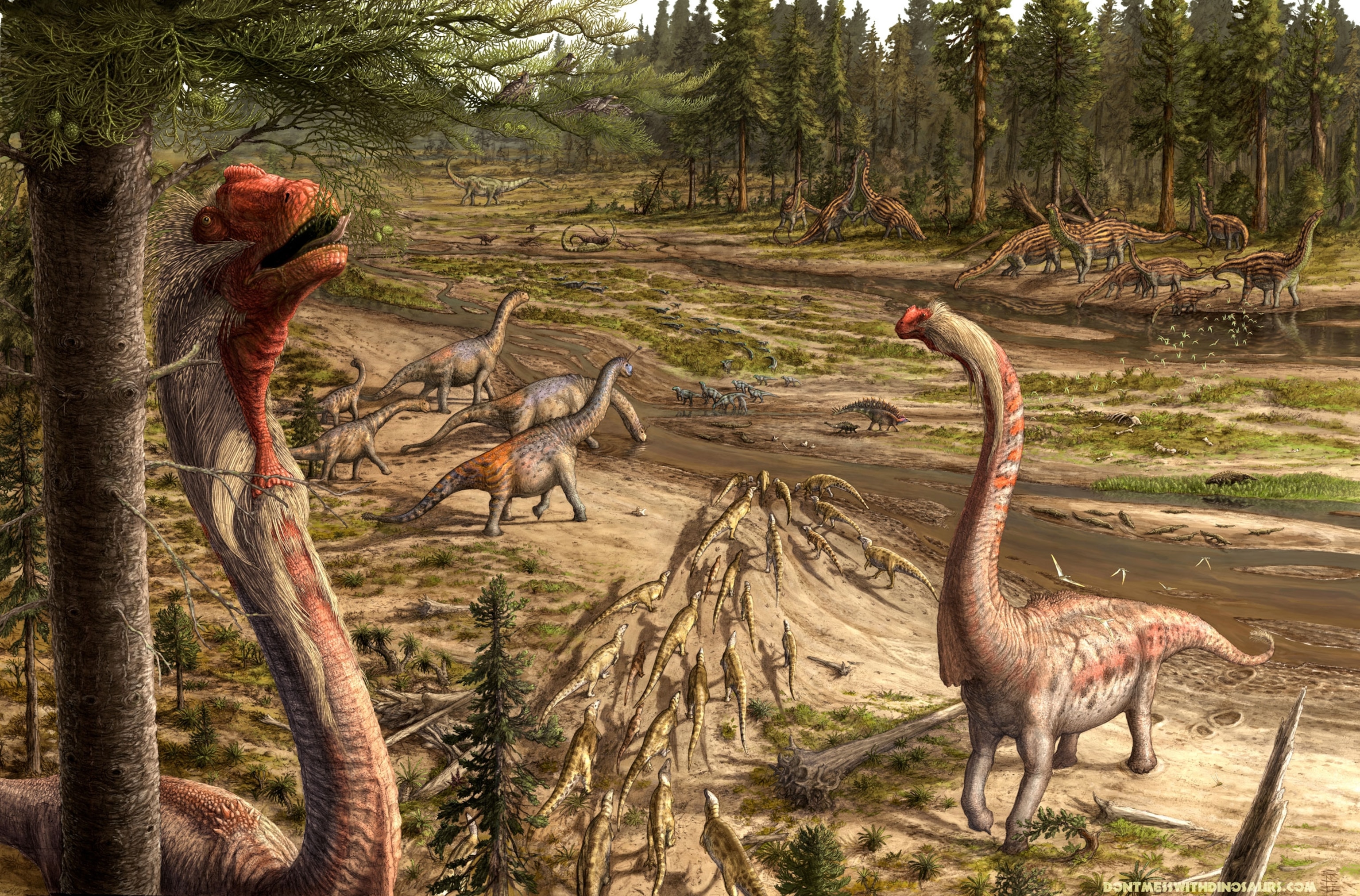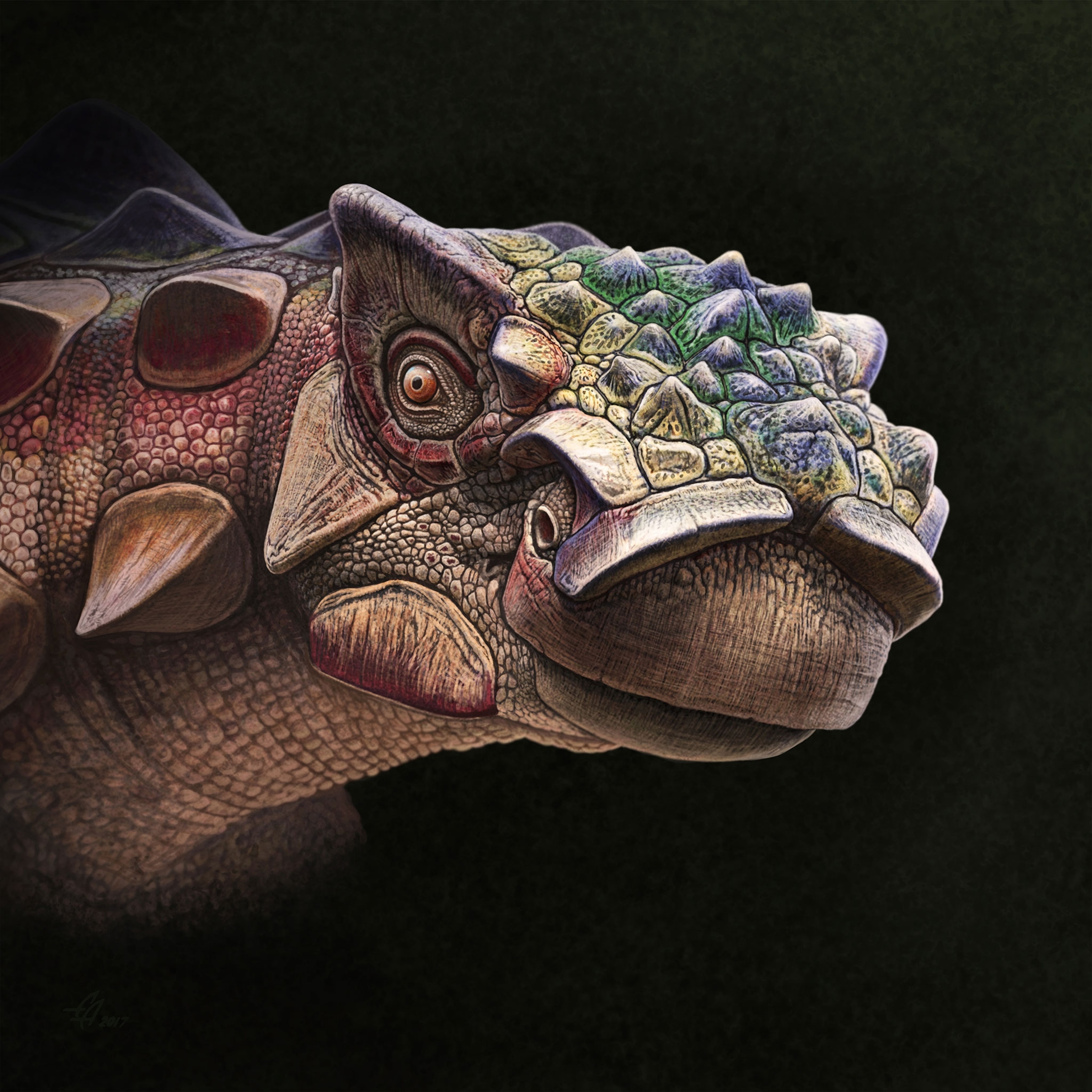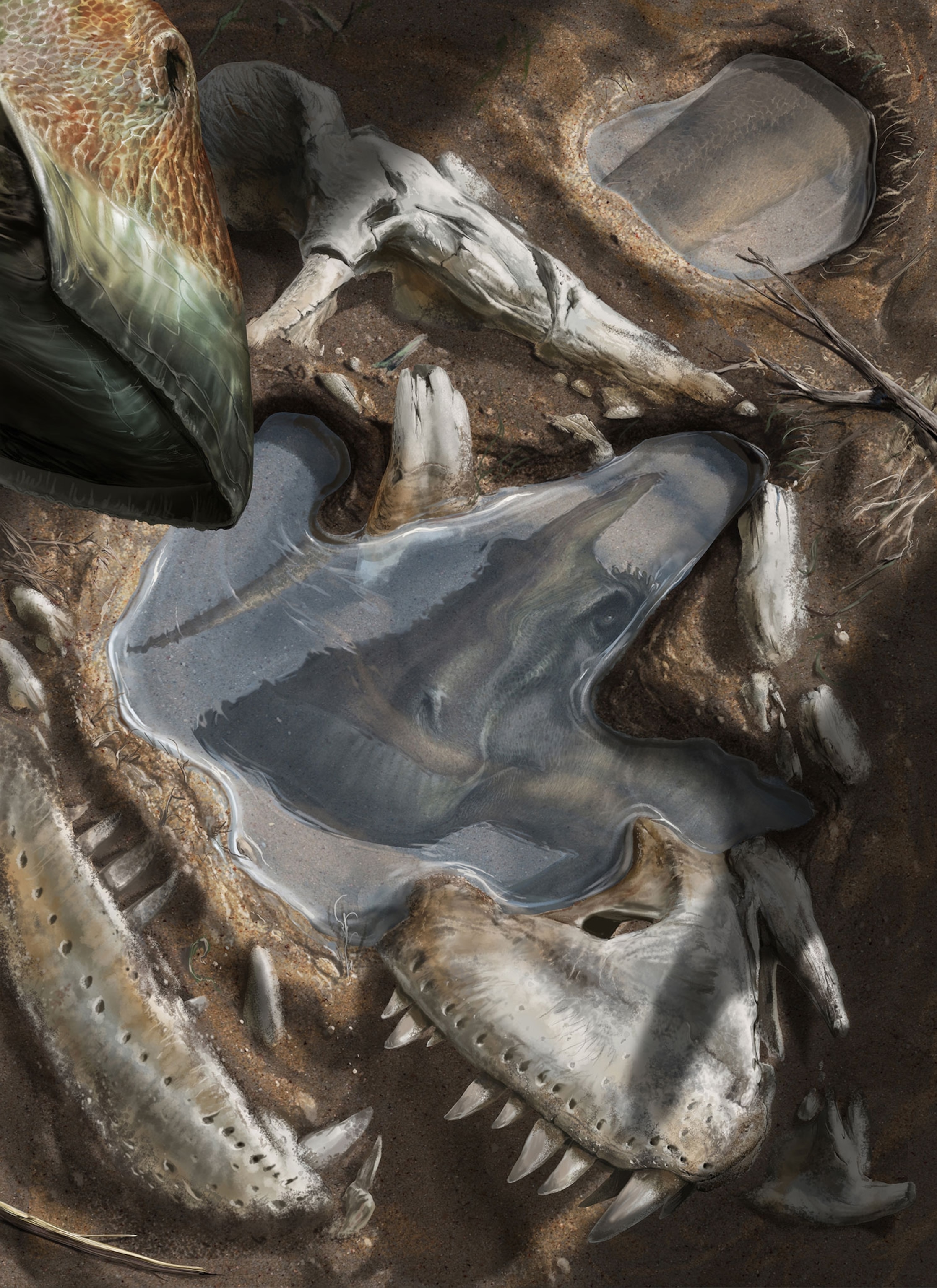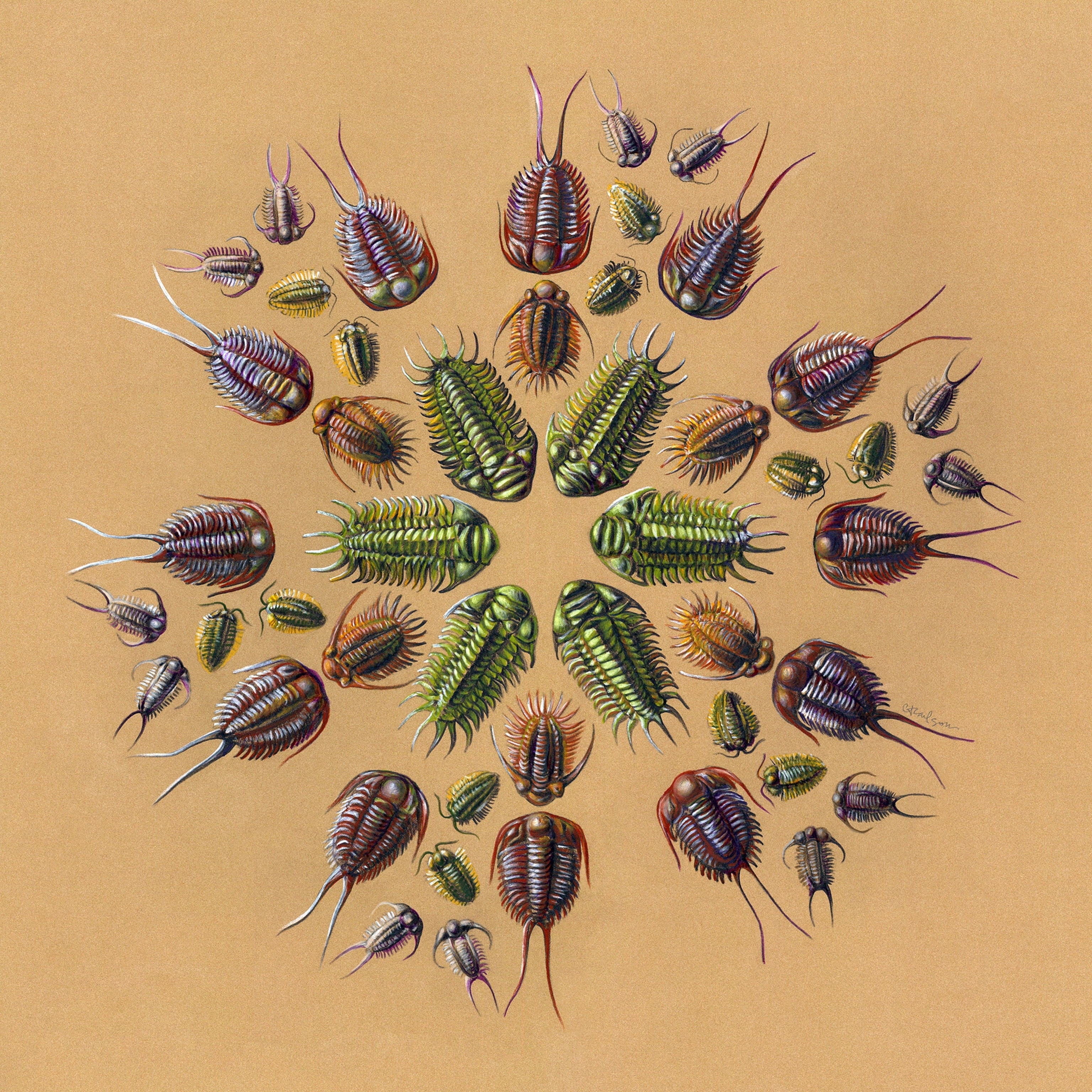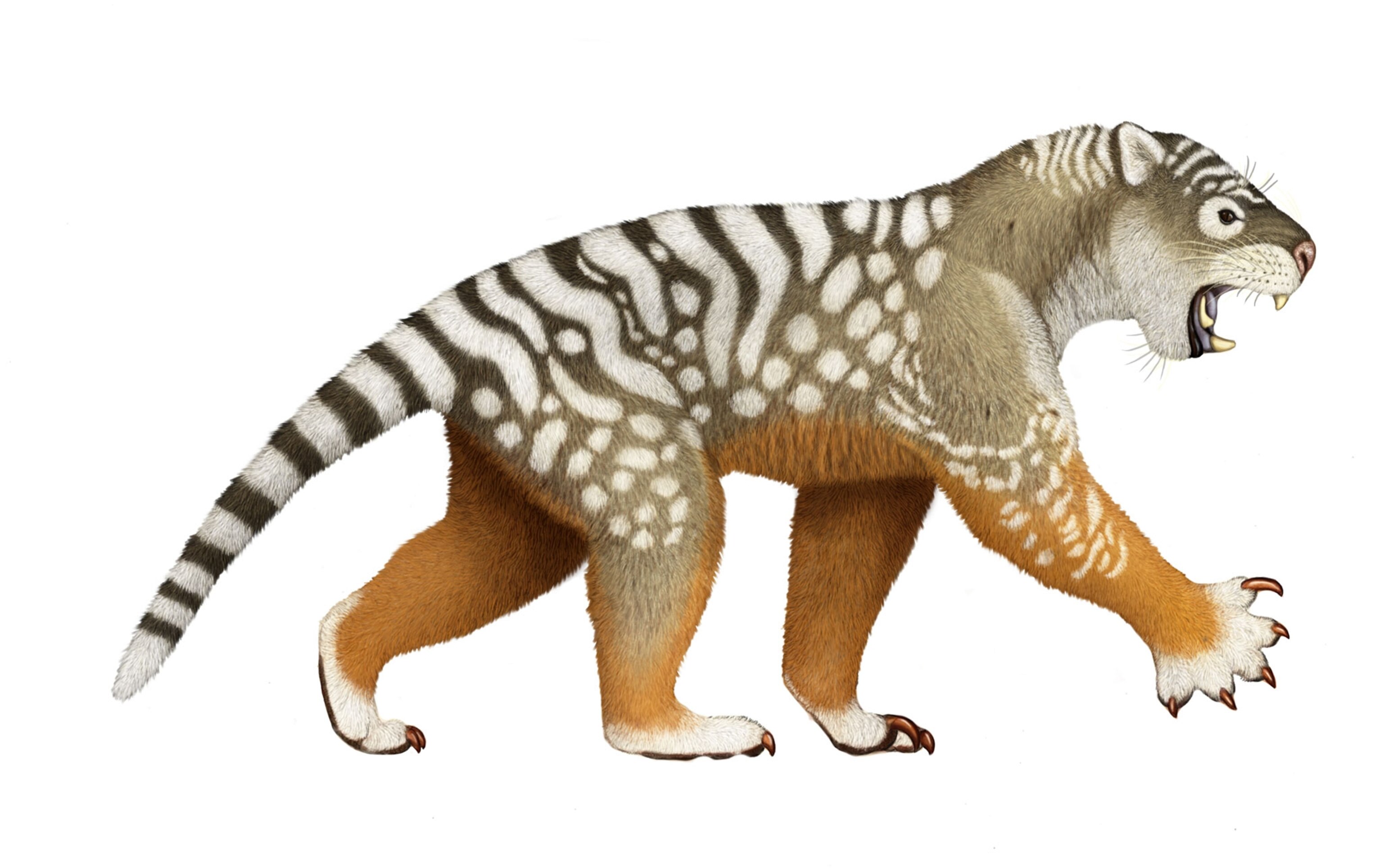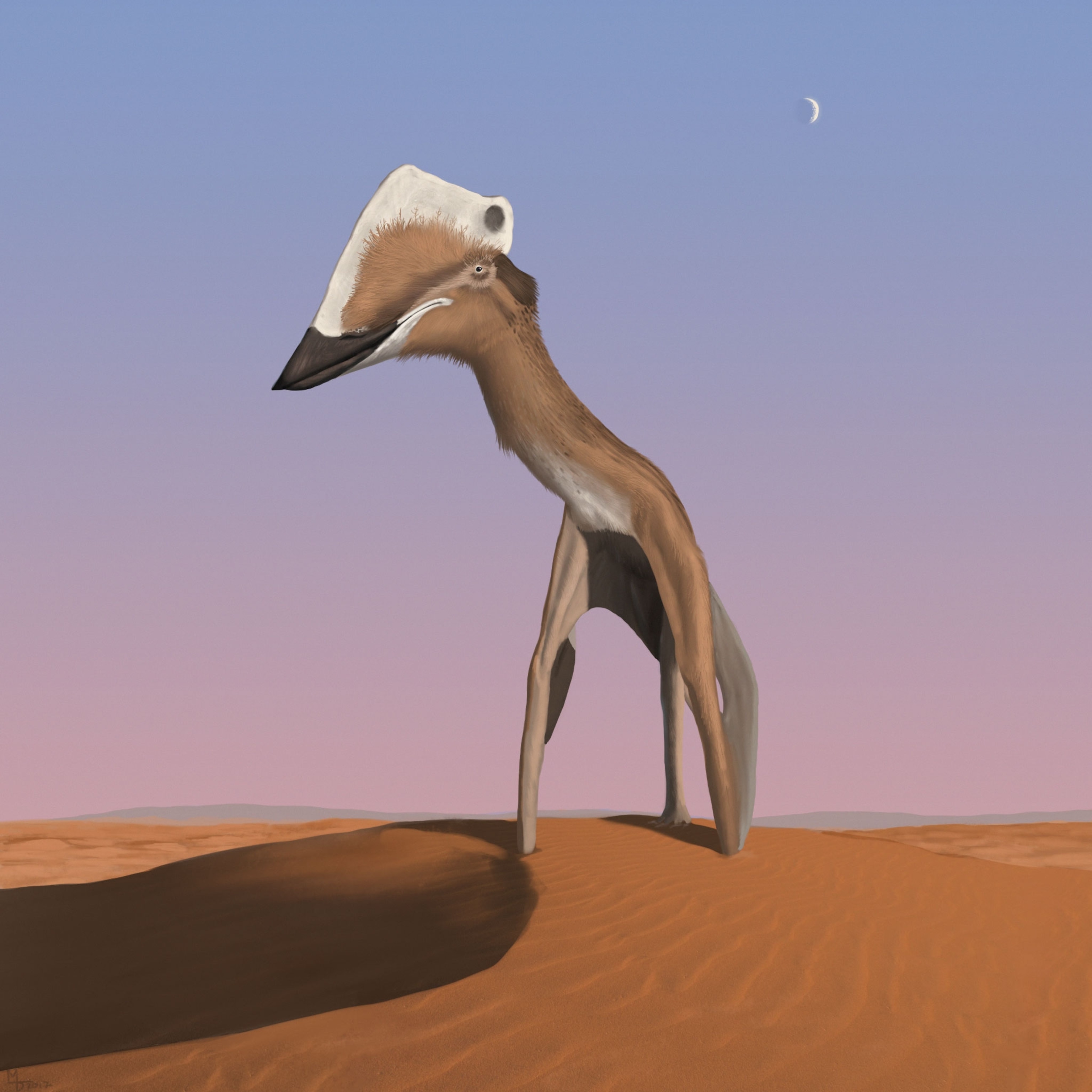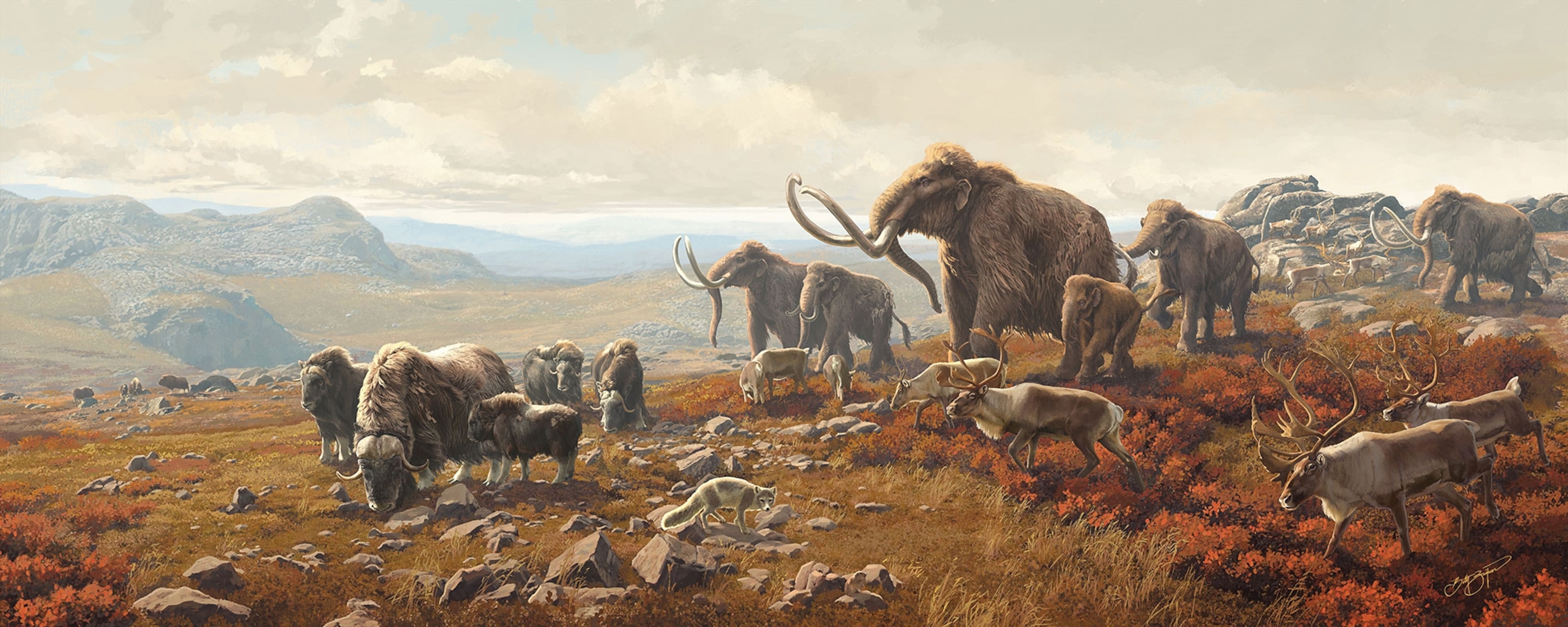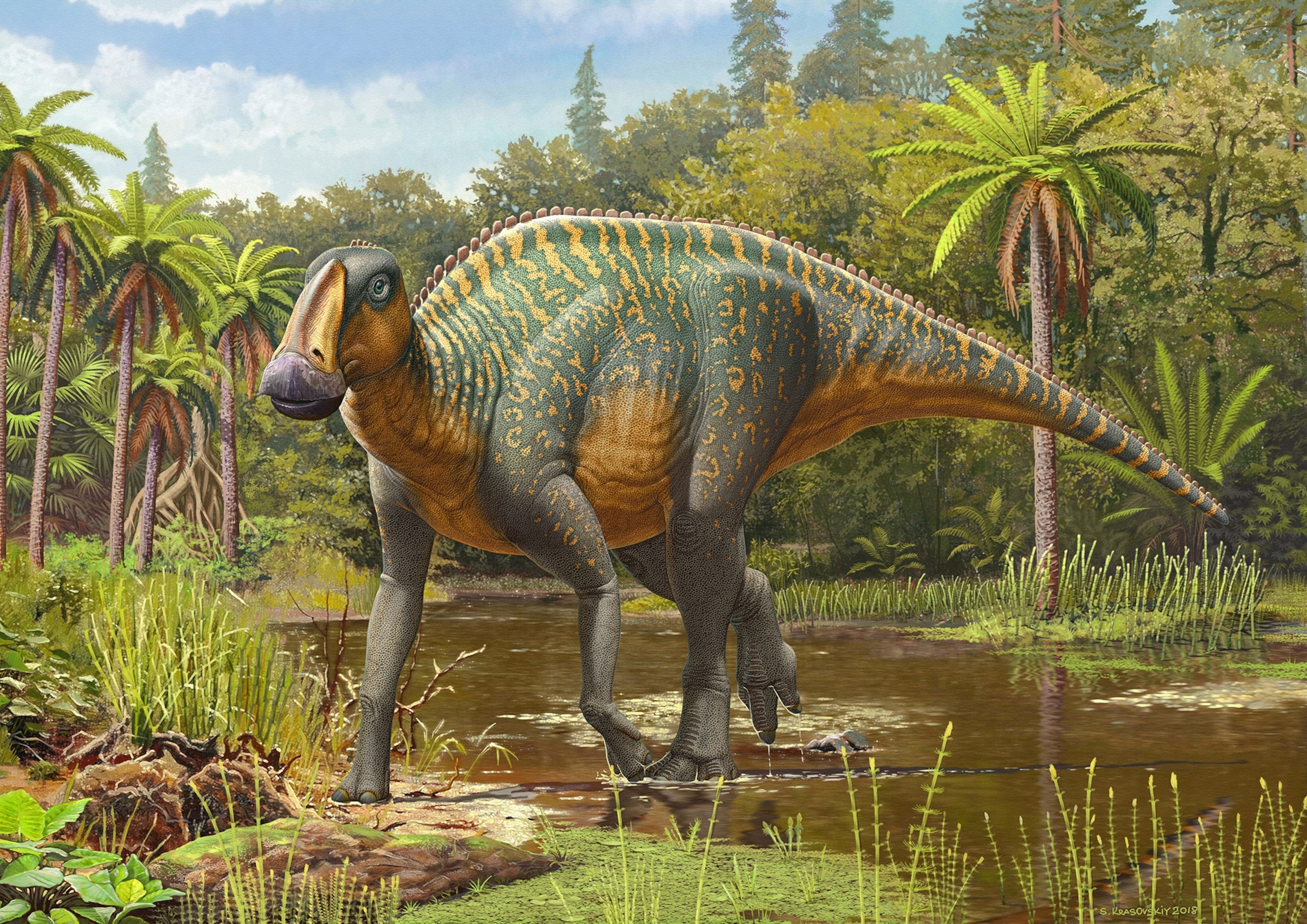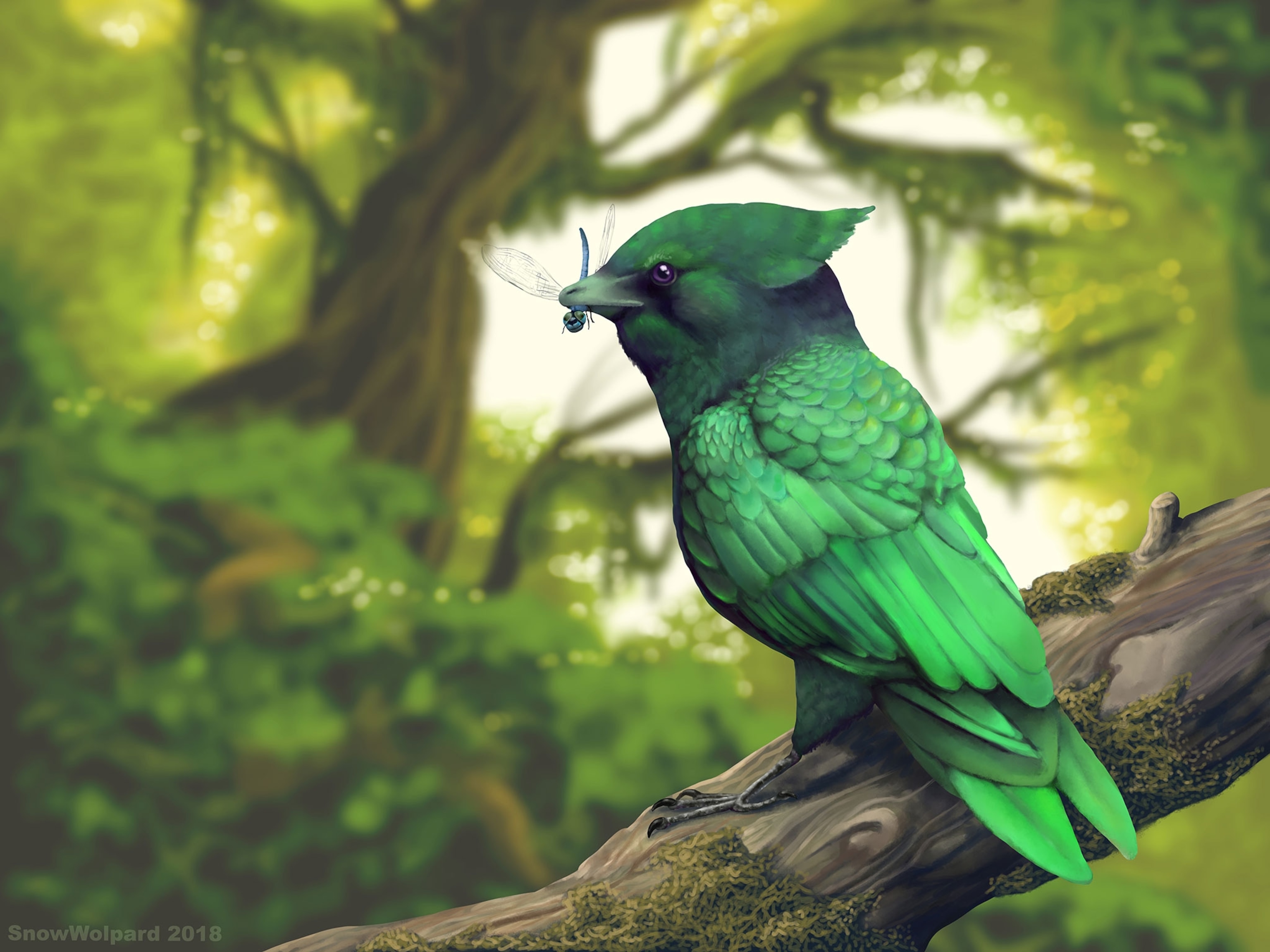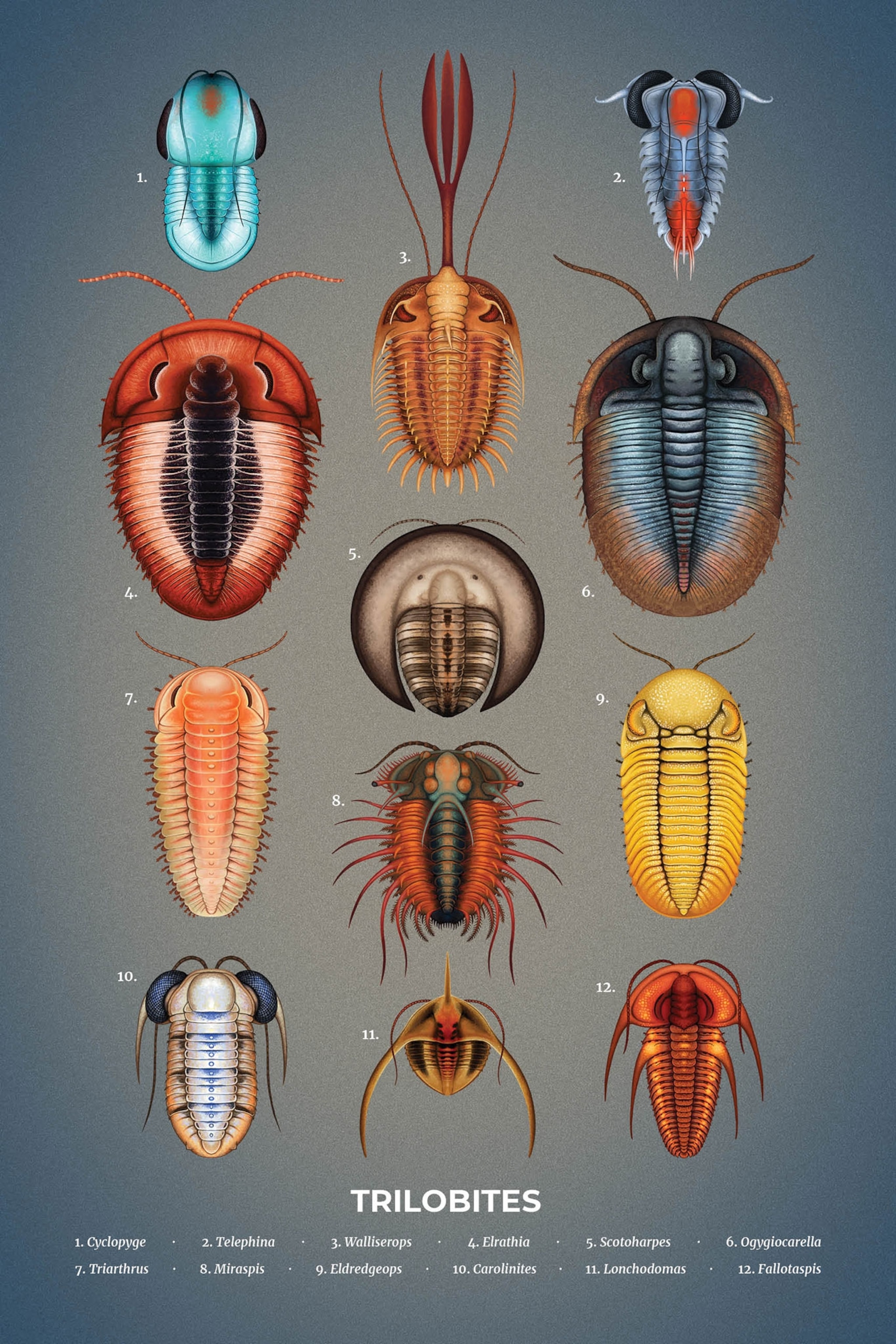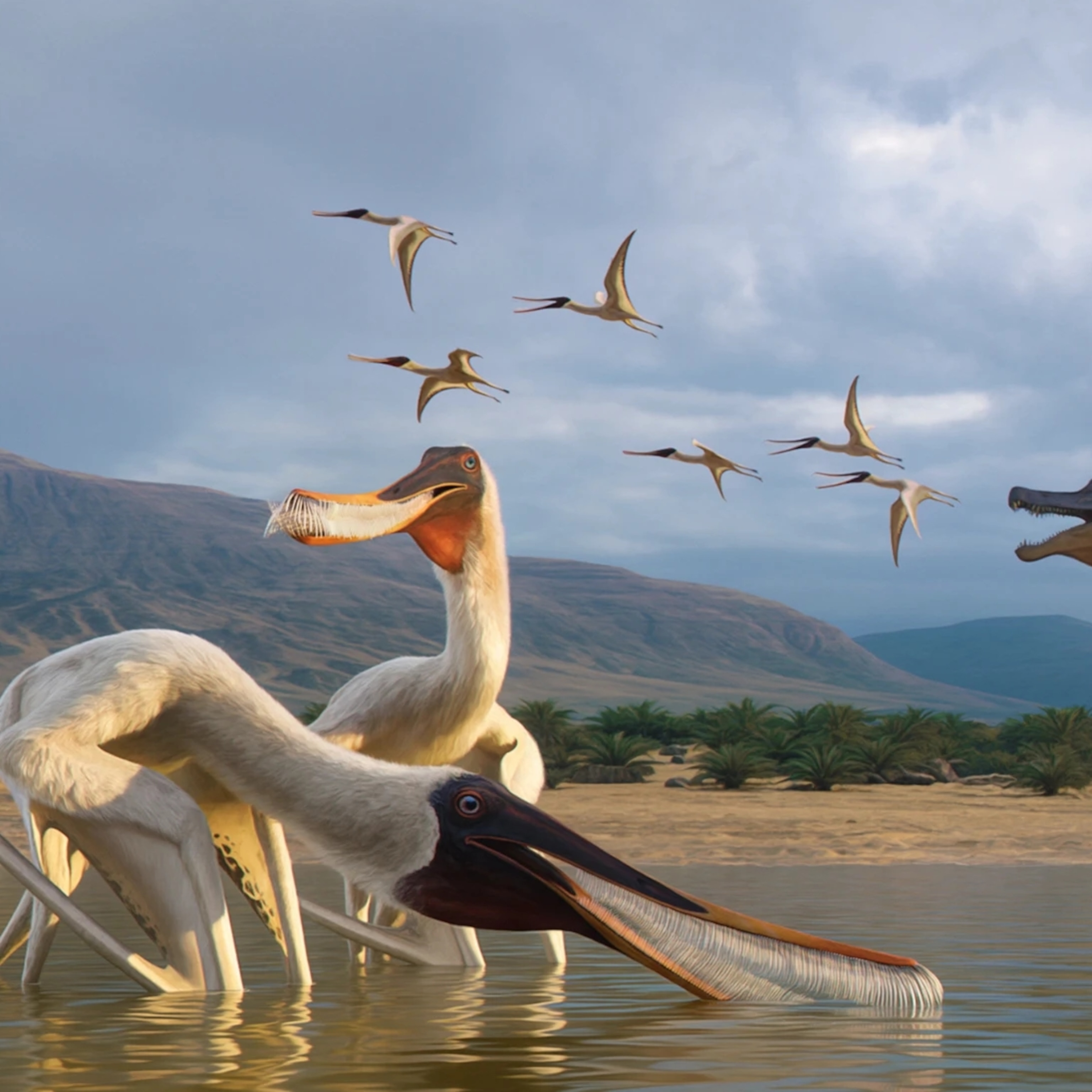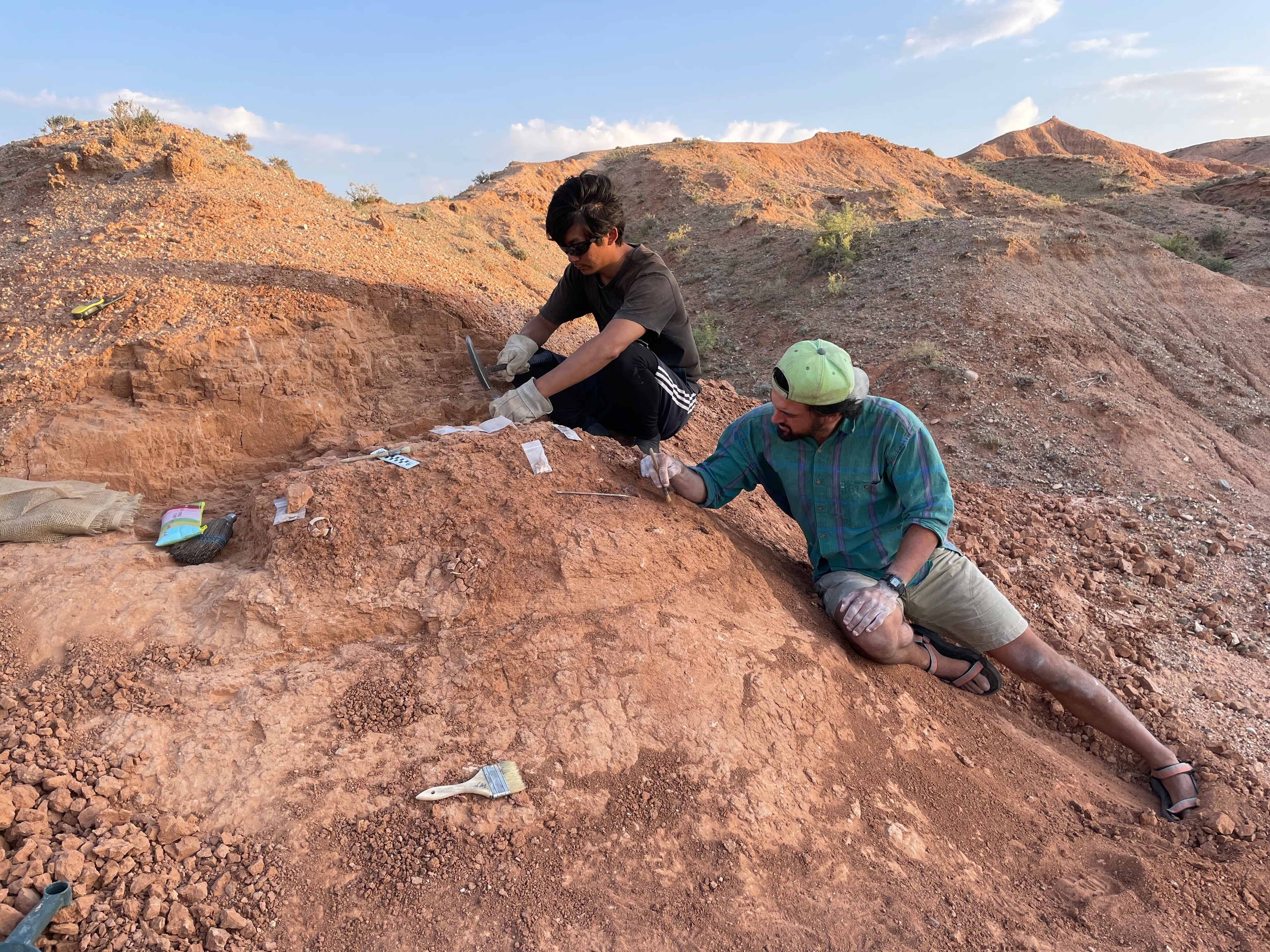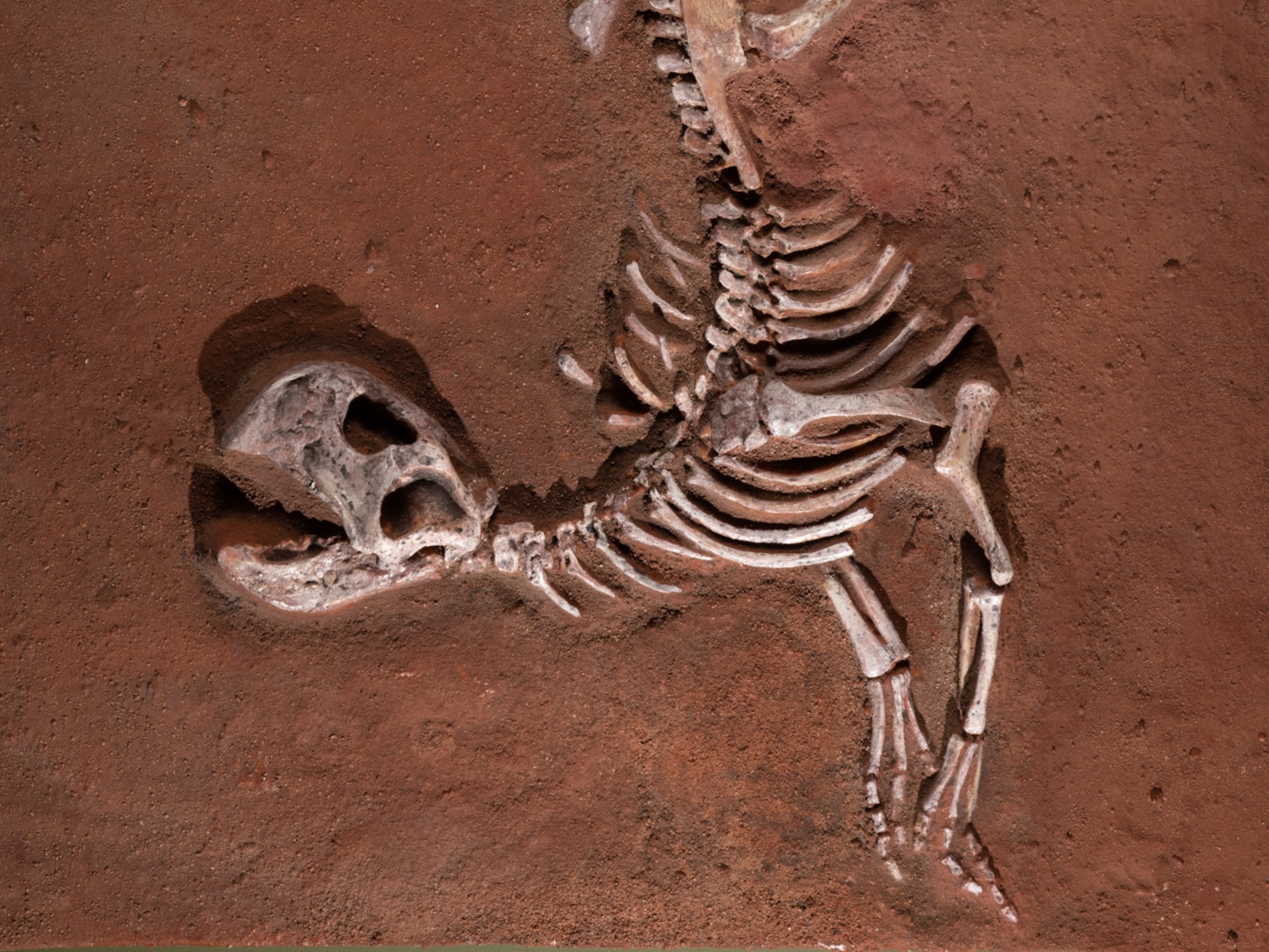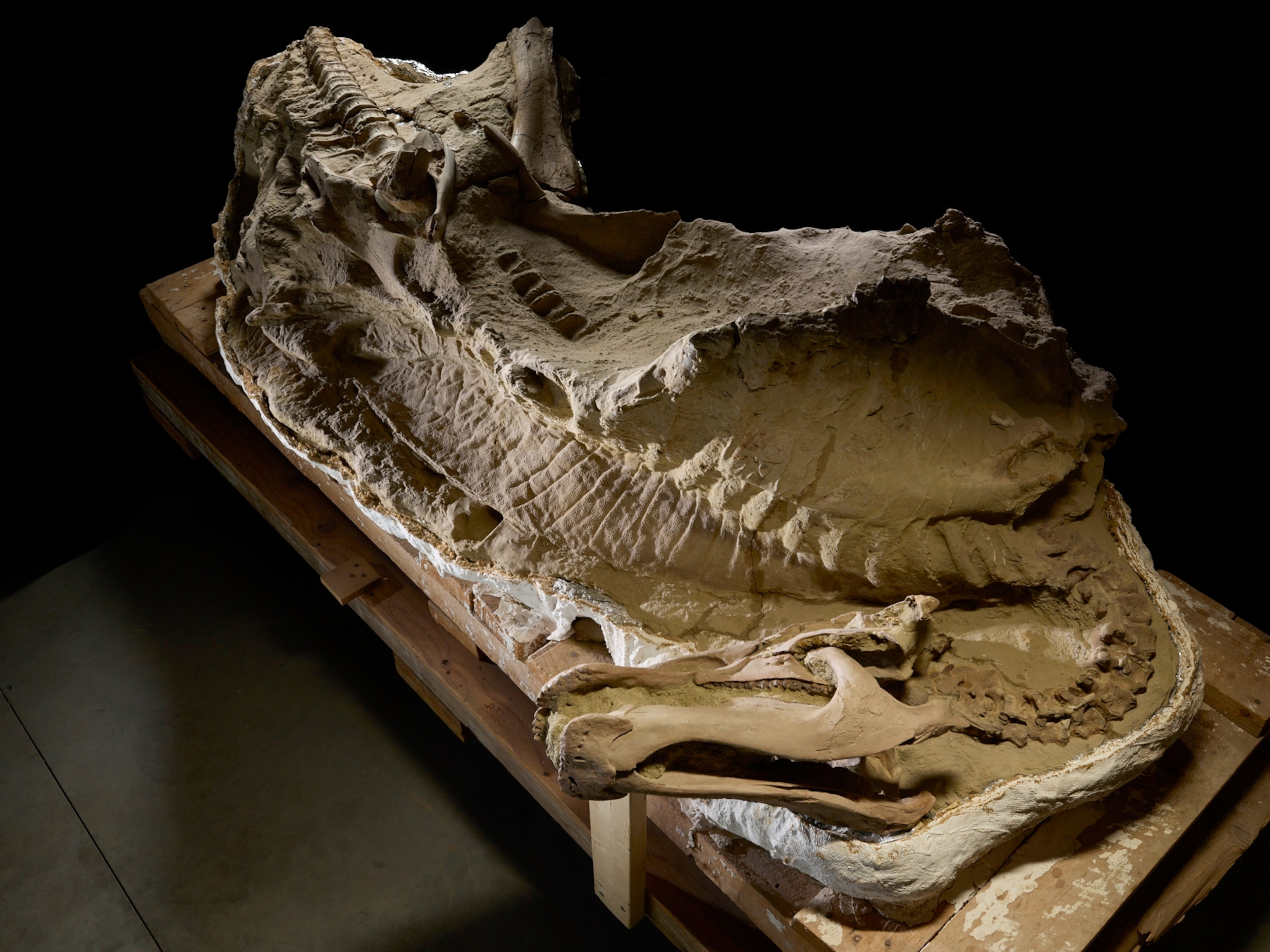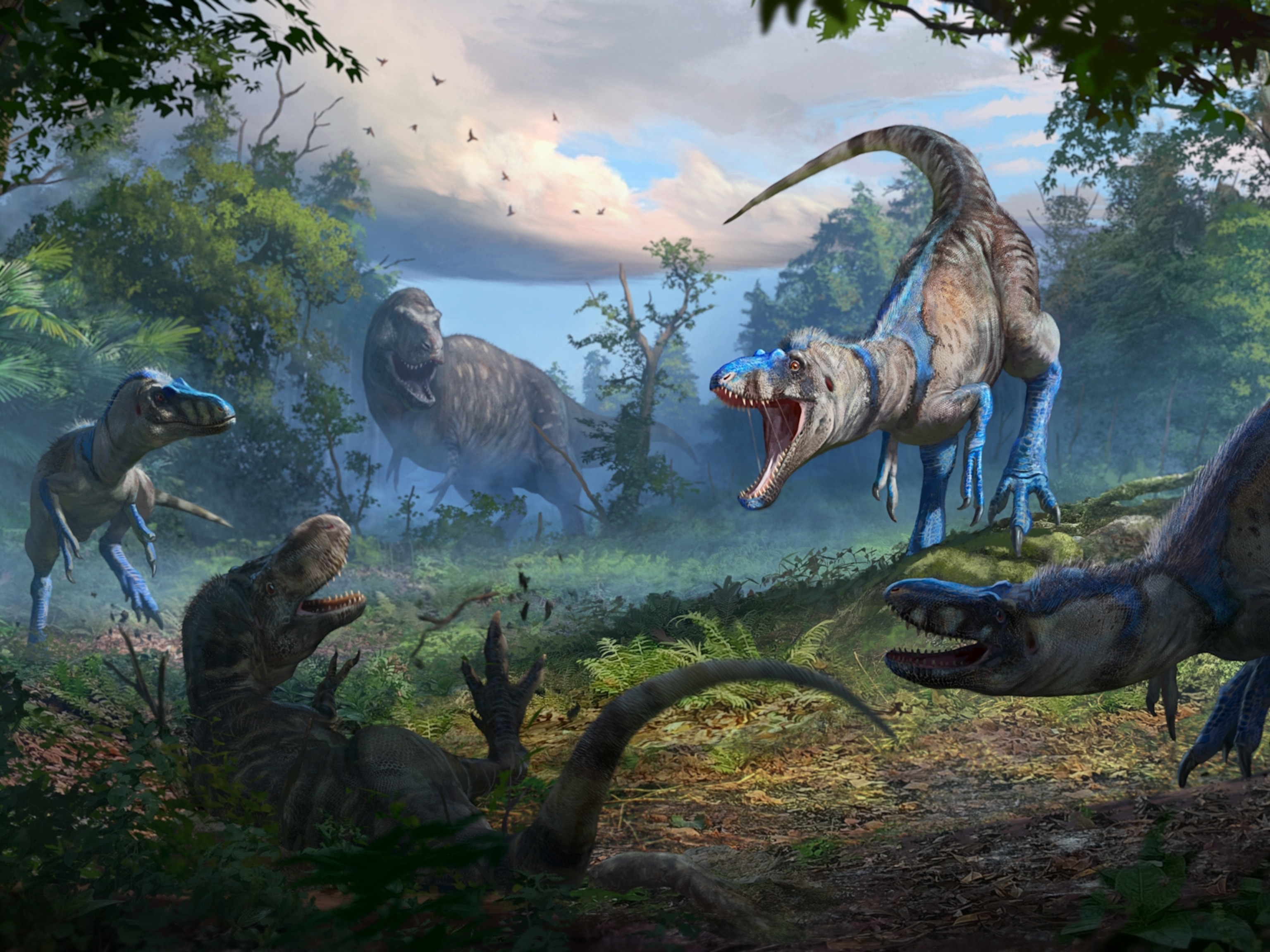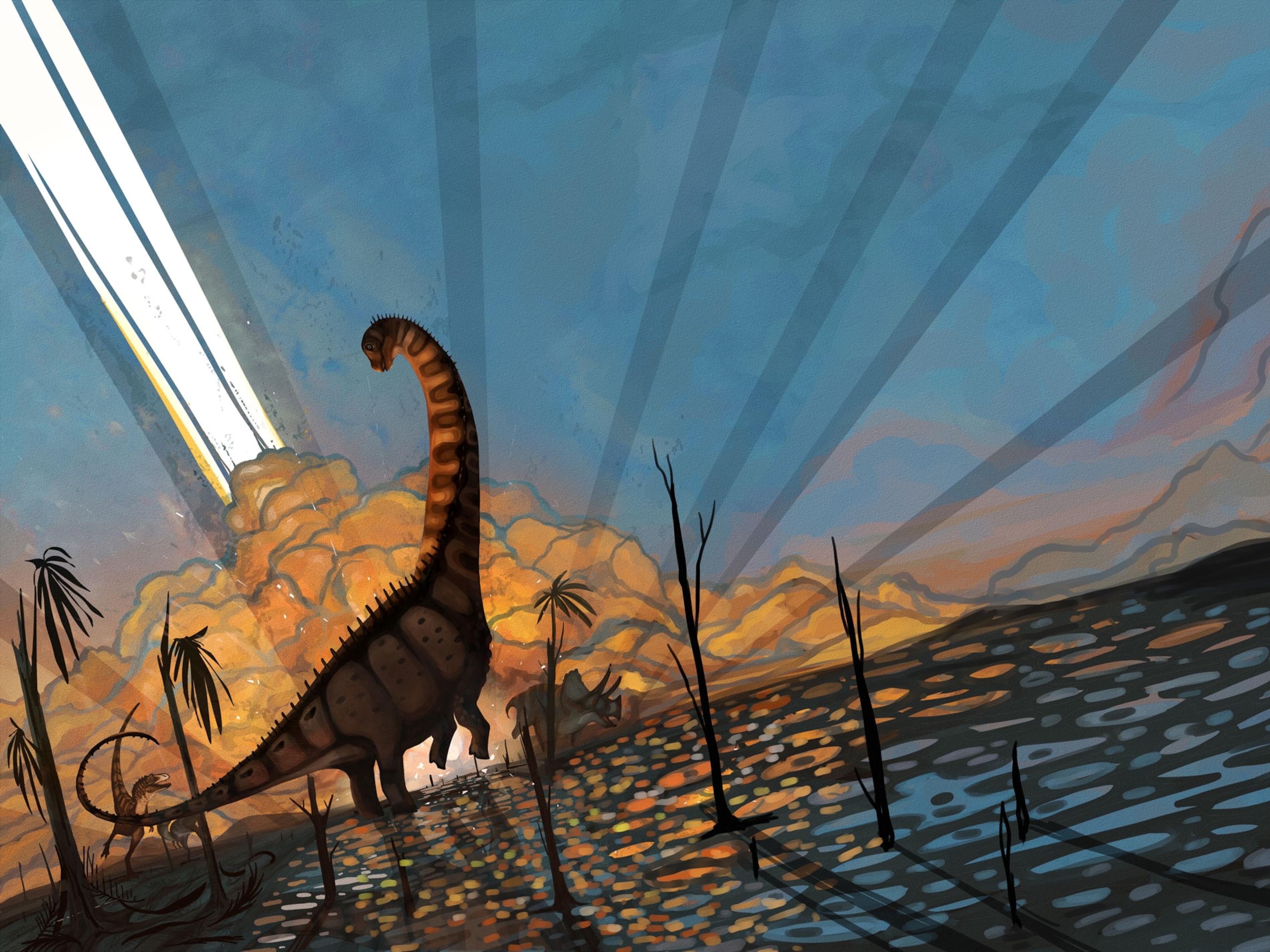The fact that dinosaurs such as Tyrannosaurus rex, Triceratops, and Brachiosaurus are instantly recognizable to you is a small miracle, considering that none of these prehistoric behemoths have walked the Earth for more than 66 million years.
That we can conjure images of long-extinct animals in our minds is down to the discipline of paleoart, or paleoillustration, which is vital for constructing the most accurate possible depictions of dinosaurs and other prehistoric creatures as they looked when they were alive.
“Paleoart offers people a powerful and immediate way to connect with the deep history of life on this planet,” says Matt Celeskey, a research associate with the New Mexico Museum of Natural History and Science in Albuquerque, who is also a freelance illustrator and exhibit designer.
“[It] takes whatever remains of lives that were lived long before us and attempts to show how they are relevant, or at least connected, to our modern world.” (Find out about the dinosaurs that didn’t die.)
Celeskey is the driving force behind Picturing the Past, a new exhibit at the New Mexico museum that features 87 artworks by 46 paleoillustrators from 15 countries, making it “one of the largest and most diverse collections of paleontological art ever assembled,” he says. The exhibition, which runs until January, was timed to coincide with the world’s biggest annual gathering of paleontologists, the Society of Vertebrate Paleontology meeting, which was held in Albuquerque in October.
Paleoart is a “difficult and challenging art form, requiring a good understanding of anatomy, biology, the ability to render a huge variety of textures and environmental details realistically, as well as depict behavior and ecology in a believable way,” says Brian Engh, a California-based paleoillustrator who was the recipient of the National Geographic-sponsored Lanzendorf PaleoArt Prize awarded at the meeting.
The work of paleoartists is also essential to how scientists continue to think about the extinct animals they study.
“Every reconstruction involves some level of inference and speculation to literally ‘flesh out’ details not preserved in the fossil record,” Celeskey explains. “In the process of creating paleoart, artists and the researchers have discussions about how to fill in these missing pieces, which helps everyone involved to think about how they are interpreting the actual evidence at hand.”
Building a vision of the past
For serious palaeoillustrators, reconstructing an extinct animal always begins with scrutinizing its fossil, either in person or via academic papers. Engh favors investigating fossils first-hand and discussing the creature’s key features with the experts researching it.
“We talk about where and when the creature lived; how it got its meals, mates, and shelter; how it avoided becoming a meal—or failed to avoid becoming a meal—and what it was related to,” he says. “These discussions lead us to look at modern animals, their anatomy and their environments, and we draw specific visual and ecological ideas from these living creatures.”
Beth Zaiken, an artist with Blue Rhino Studio, a company that is a renowned creator of museum exhibits in Eagan, Minnesota, starts by scouring the most recent paleontological literature on the species. She will ponder the geological period, climate, and ecological niche the animal occupies.
“An old art adage is ‘form follows function,’” she says. “But in biology, it’s especially true: An animal is designed to do exactly what it needs to.”
But fossils are rarely whole skeletons; some species are known only from mere fragments. “There are almost always missing pieces and distortion, and even at this early stage an artist has to decide how to fill gaps and correct proportions,” Celeskey says.
Once an artist has a sense of the overall proportions and key features, they can begin to flesh out muscles and soft tissues around the bones. As the animal takes shape, they think about other information to inform its appearance, such as whether the fossil includes any preserved soft tissue, clues to original coloration, or distinctive structures such as horns or crests.
Passion for paleoillustration
Next, the artist will decide on the wider scene in which to depict the animal. Zaiken aims to build environments “that draw the viewer into an authentic moment with a creature in their world, not always the high-action, overly dramatic Hollywood-style visions you often see.”
She likes to imagine a real place, often based on study of modern environments, and a “typical mid-week kind of moment, with animals doing what they spend most of their lives doing.” This might include grazing, hunting, hiding, courting, migrating, or raising young, she says.
Gabriel Ugueto, a freelance illustrator based in Miami, Florida, also likes to depict extinct animals as if they could be alive today, engaged in everyday behaviors. Too many dinosaurs are painted as “bloodthirsty monsters … with their mouths wide open and a maniacal look in their eyes,” he says. “Gory scenes do occur, but they’re not as common or interesting as other animal behaviors.”
More fossils are being discovered today than ever before, and this has had a knock-on effect on paleoart, which has exploded in the past few decades. There are always new subjects to depict and a greater number of paleontologists who understand that good art helps their work reach a wider audience, Celeskey says.
The magic of the best paleoart, however, may not just be the wealth of information and the skill, but also the passion behind it.
“I'm really a big nerd at heart—I have been since I was a little girl creating my own insect collection in a shoebox under my bed,” Zaiken says. “My work over the last 10 years as a museum artist, specializing in natural history exhibits, has given me the opportunity to work on more fascinating subjects and learn more than I thought possible.”
